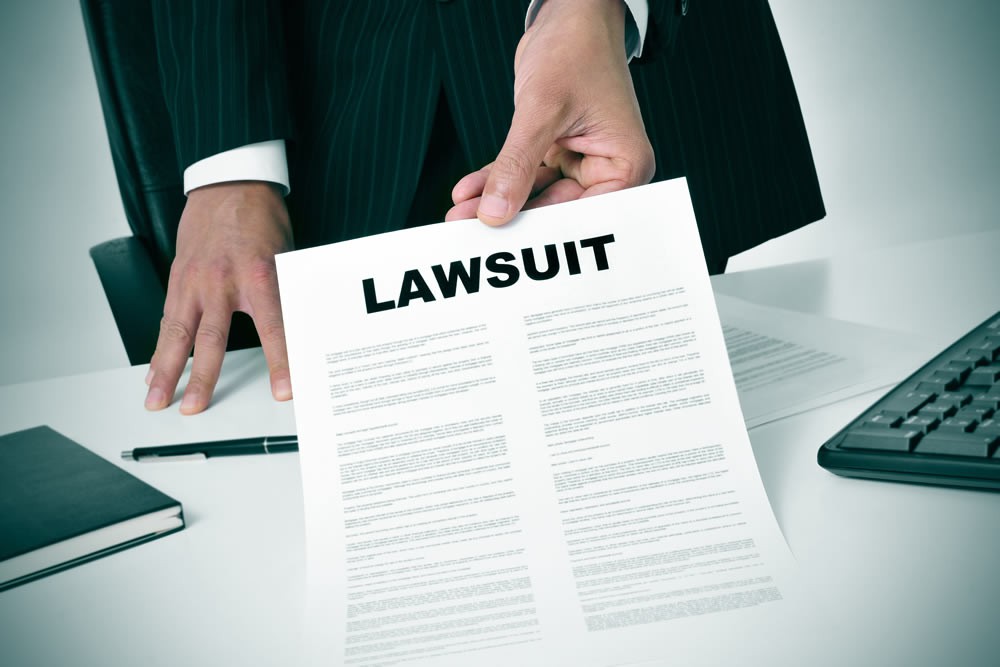Blog / News
Can I Sue if I was Injured in a Slip and Fall Accident?
The owner or possessor of a property may be held legally responsible, and victims may sue for their injuries, when individuals can prove that the owner or manager of the property was negligent in their duties to maintain the space.
Dangerous conditions such as torn carpeting, changes in flooring, poor lighting, narrow stairs, or a wet floor can cause someone to slip and hurt him or herself inside a building. Other instances of slip and fall incidents can occur when people trip on broken or cracked sidewalks, or trip and fall on stairs or escalators. In addition, a slip and fall case might arise when someone slips or trips and falls because of rain, ice, snow or a hidden hazard, such as a pothole in the ground.Proving Fault in Slip and Fall Cases
Here are some general rules to help you decide whether someone else was at fault for your slip or trip and fall injury.
In most cases, a person injured in a slip and fall on someone else's property must prove that the cause of the accident was a "dangerous condition", and that the owner or possessor of the property knew of the dangerous condition. A dangerous condition must present an unreasonable risk to a person on the property.
In order to establish that a property owner or possessor knew of a dangerous condition, it must be shown that:
The owner/possessor created the condition;
The owner/possessor knew the condition existed and negligently failed to correct it; or
The condition existed for such a length of time that the owner/possessor should have discovered and corrected it prior to the slip and fall incident in question.
For a property owner or possessor to be held liable, it must have been foreseeable that his negligence would create the danger at issue. For instance, if a can of paint falls to the ground and spills into an aisle in a hardware store and, one day later, the store has not noticed or cleaned up the spill, and someone slips in the paint and is injured, one might argue it was foreseeable that the store's negligence in failing to inspect its aisles and clean up spills would result in someone slipping and injuring himself on a spilled item.
Occasionally, a plaintiff can prove negligence by showing that the property owner violated a relevant statute. For example, building codes often dictate when and where handrails and other similar features must be installed. If you fall on a stairway that lacked appropriate handrails, and the lack of the handrail caused your injuries, you may have a valid claim against the building owner based on his or her building code violation.
Contact an Attorney
If you have been injured in a slip and fall or trip and fall on someone else's property contact an experienced attorney as soon as possible. There may be time limits in which injured persons may file a personal injury lawsuit. Incidents involving a municipality or state agency such as the City of New York or the State of New York had even shorter time limits and requirements prior to bringing a lawsuit.
Stay Informed
When you subscribe to the blog, we will send you an e-mail when there are new updates on the site so you wouldn't miss them.



